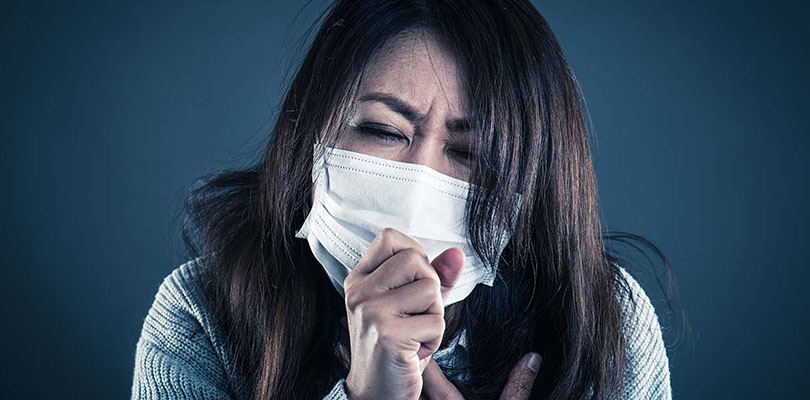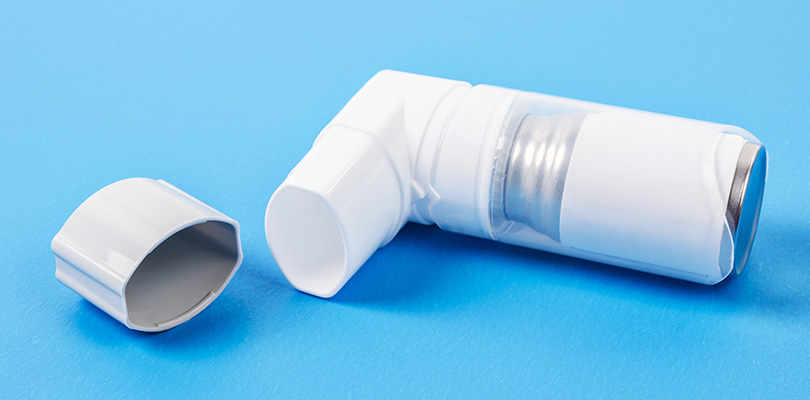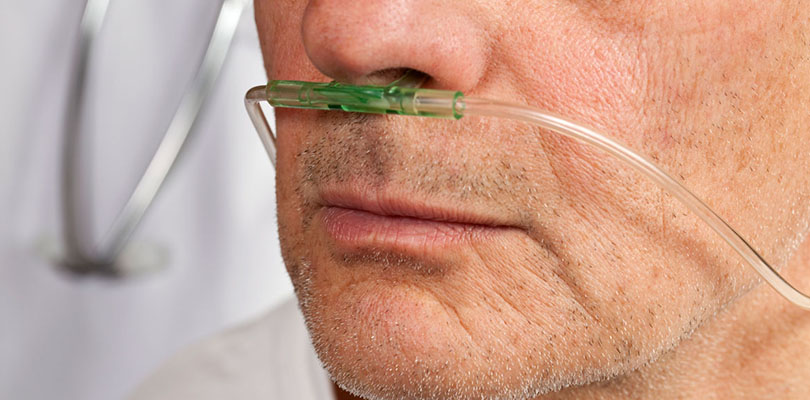COPD and pneumonia are different diseases, but they are connected. Learn about how these two conditions affect each other here.
Living with COPD
If you're experiencing shortness of breath, fatigue, or a rapid heart rate with COPD, your oxygen levels may be low. Learn more about COPD and oxygen here.
Managing COPD in the Fall can be challenging. Cold weather, allergens, and flu season can worsen symptoms. It's important to know how to manage your health.
Several types of inhalers for COPD are on the market. The most common types of COPD inhalers include quick-relief, long-acting and corticosteroids.
Humidity and COPD are usually not a good combination. For people with COPD, high humidity levels usually make breathing worse.
What does the spring weather mean for your COPD? Here are five helpful ways to cope with COPD in the spring in order to get the most out of the season.
Understanding the different stages of COPD, especially end-stage COPD is important from symptoms to treatments to postponing the last stage.
COPD can have some serious complications, including heart complications. What's the link between the two? What are the symptoms? How can you treat it?
COPD is progressive; this means many people with COPD eventually develop hypoxemia, which may result in the need to use oxygen.

Taking a proactive role in your COPD will lead to a brighter future; not only to make life more comfortable, but to protect your independent lifestyle.








